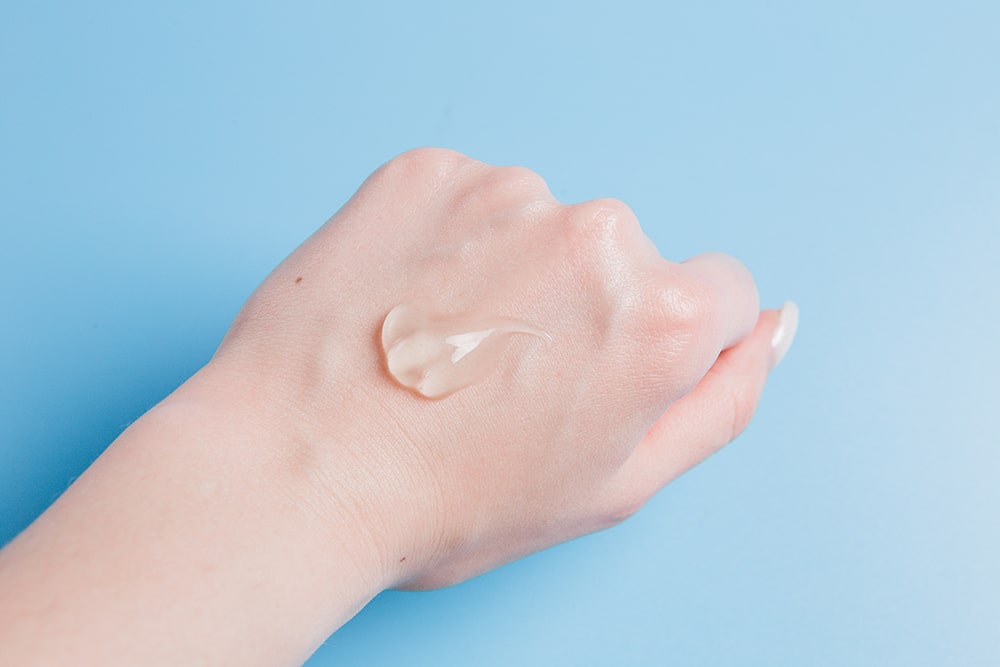Quick Tips for First Degree Burns

First-degree burns, while considered minor, can still cause discomfort and require proper care for effective healing. Understanding how to treat these burns is essential for promoting recovery and minimizing complications. Let's explore some quick tips for managing first-degree burns and incorporating NuNature First Aid Gel into the treatment plan for optimal results.
What is a First Degree Burn?
A first-degree burn, also known as a superficial burn, affects only the outer layer of the skin. These burns typically occur due to brief exposure to heat, such as touching a hot surface or scalding water, or sunburn from prolonged exposure to the sun. Common symptoms of first-degree burns include redness, pain, and mild swelling, which do not result in blistering.
What Does a First-Degree Burn Look Like?
First-degree burns are characterized by redness and tenderness of the skin. The affected area may feel warm to the touch and exhibit mild swelling. Unlike second or third-degree burns, first-degree burns do not result in blistering or open wounds. However, the skin may feel sensitive and painful, especially when touched or exposed to heat.
How to Heal a First-Degree Burn
Effective treatment of first-degree burns involves cooling the affected area with cool water or a cold compress to alleviate pain and reduce inflammation. It's important to avoid using ice directly on the burn as it can further damage the skin. After cooling the burn, applying a thin NuNature First Aid Gel layer can help promote healing and relieve pain and discomfort. The gel's antiseptic properties help prevent infection, while the inclusion of lidocaine offers fast, long-lasting pain relief.
Dos and Don'ts of First-Degree Burns
Use our simple list of dos and don'ts when caring for a first-degree burn:
Do:
- Cool the Burn: Immediately run cool water over the burn for several minutes to reduce pain and swelling.
- Apply NuNature First Aid Gel: After cooling, apply a thin layer of NuNature First Aid Gel to the burn site to promote healing and relieve pain.
- Cover the Burn: After cooling, cover the burn with a sterile, non-adhesive bandage or clean cloth to protect it from further irritation.
- Seek Medical Attention if Necessary: If the burn is larger than three inches in diameter or appears deep, seek medical attention promptly.
Don't:
- Use Ice: Avoid applying ice directly to the burn, as it can cause further damage to the skin.
- Pop Blisters: Do not pop or puncture any blisters that may form on the burn, as this can increase the risk of infection.
- Remove Clothing Stuck to the Burn: If clothing is stuck to the burn, do not attempt to remove it, as this can cause further damage to the skin. Instead, seek medical attention for proper removal.
When to Call a Doctor
Knowing when to seek medical attention for a first-degree burn is crucial for ensuring proper treatment and minimizing complications. If the burn covers a large body area, appears deep, affects sensitive areas like the face or hands, shows signs of infection, or has underlying health conditions, it's essential to consult a doctor promptly.
Proper care and treatment of first-degree burns are essential for promoting healing and minimizing discomfort. By following these dos and don'ts, along with incorporating NuNature First Aid Gel into your treatment plan, you can effectively manage first-degree burns and ensure a speedy recovery. Always consult with a healthcare professional when in doubt to ensure the best possible outcome.




